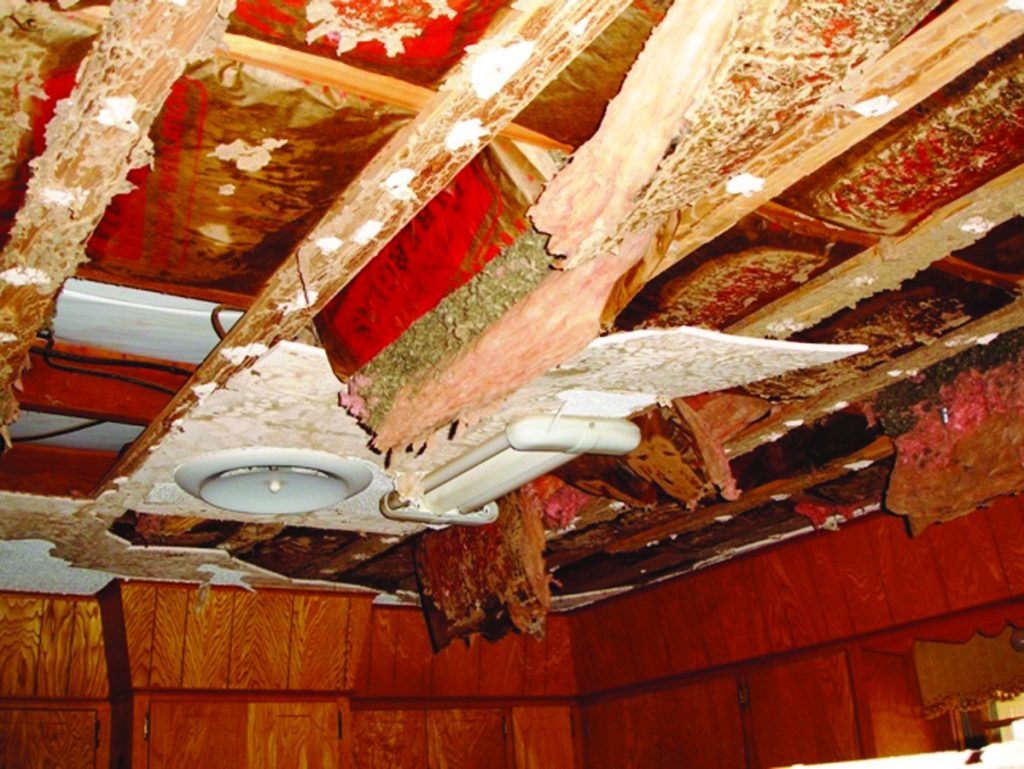Termites can be a homeowner’s worst nightmare. They can cause significant damage to a home’s structure and can be expensive to eradicate. Attic termites, in particular, can be especially difficult to deal with. Fortunately, there are steps that homeowners can take to protect their home from infestations of termites. In this article, we will discuss the causes and prevention of attic termite infestations.
What are Termites?
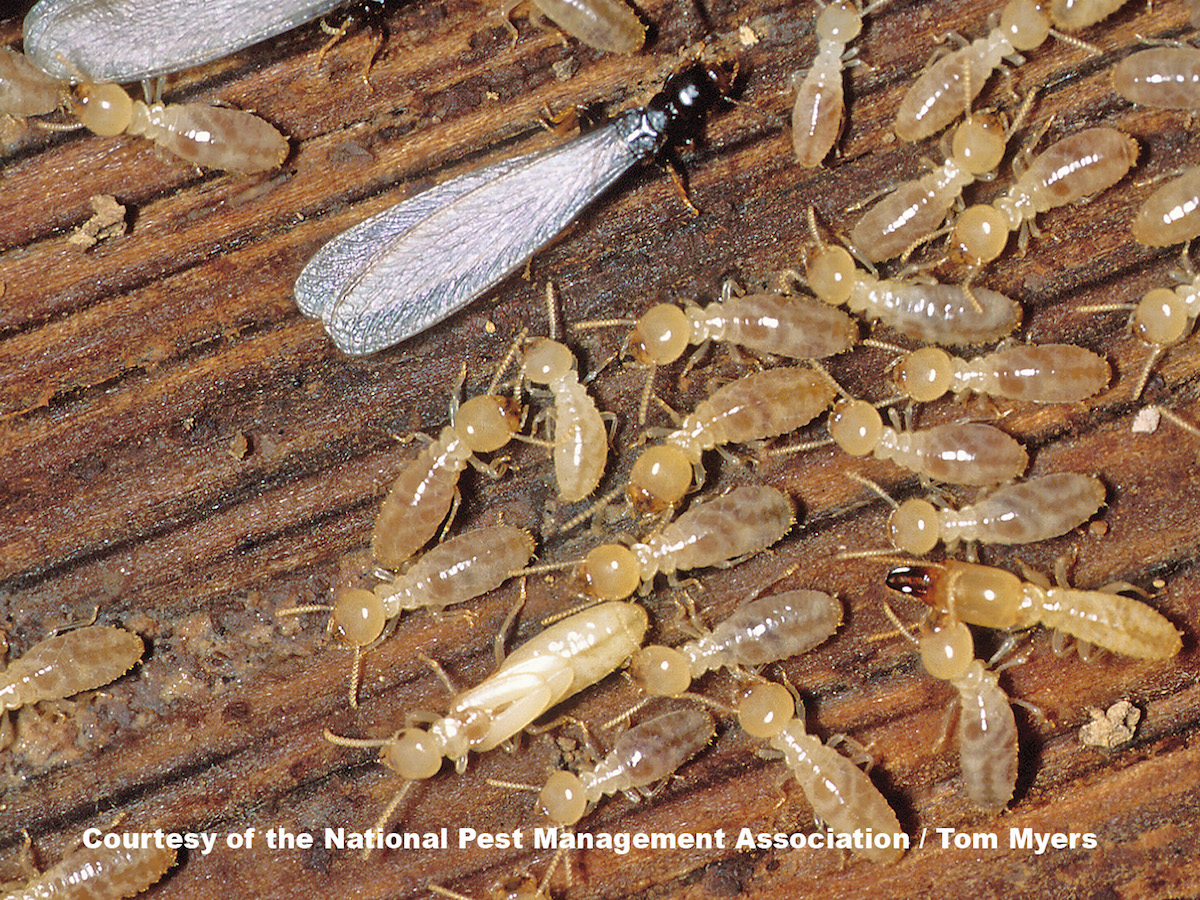
Termites are small, soft-bodied insects that feed on wood and other organic matter. They are social insects, living in colonies and divided into three castes: workers, soldiers, and reproductives. They have a complex digestive system that enables them to break down cellulose in wood and other materials. Termites are known to cause extensive damage to buildings and other wooden structures, including attics. They can be difficult to detect, as they usually live and feed within the walls of a structure, hidden from view.
Types of Termites
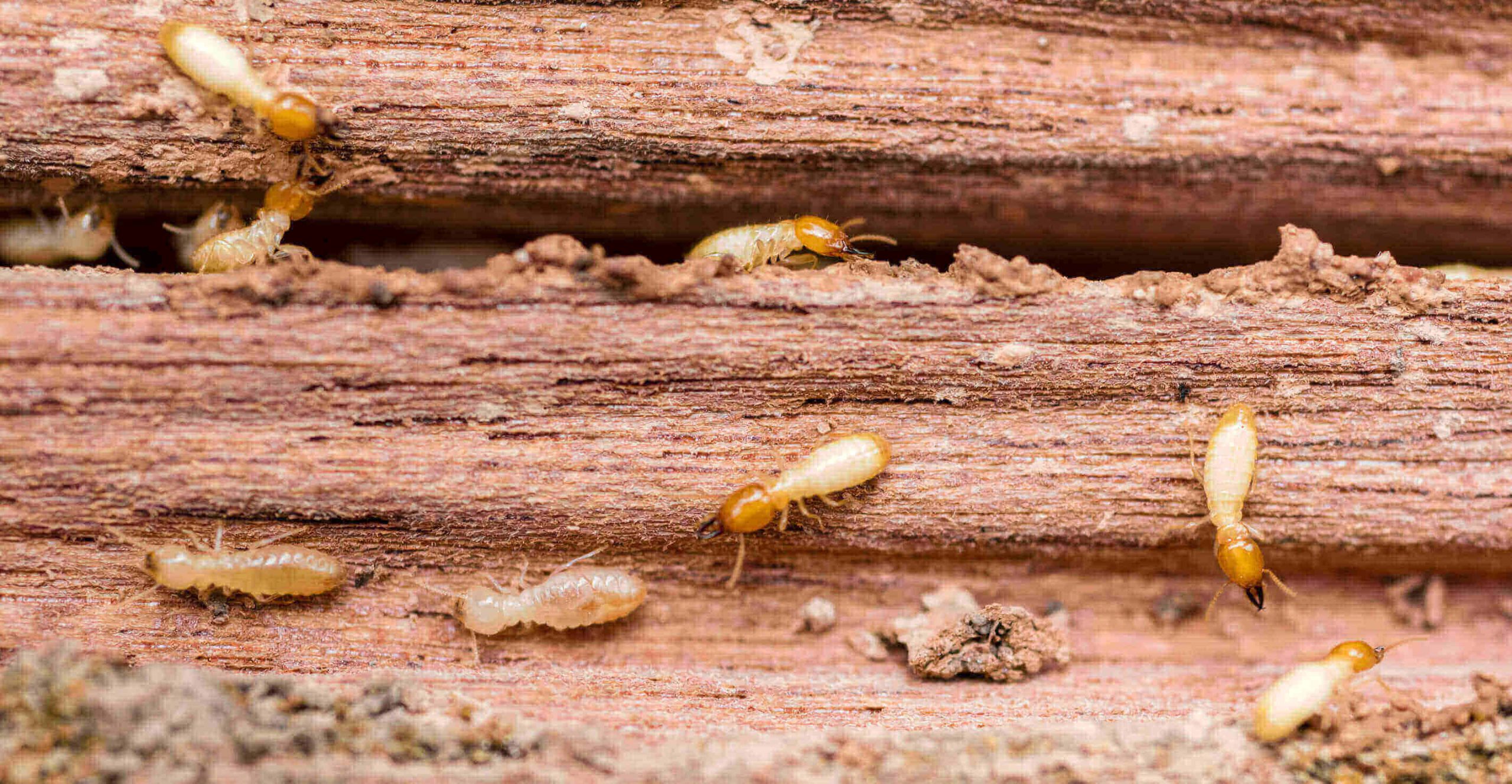
Termites are a species of insect that are found in many parts of the world. There are several different types of termites, including subterranean, dampwood, and drywood termites. Subterranean termites live in colonies underground and feed on wood and other materials found in the soil. Dampwood termites are found in moist wood, such as rotting logs, and can cause significant damage to structures. Drywood termites are found in dry wood and can cause severe structural damage if left untreated. Attic termites are typically drywood termites that have made their way into the attic space of a home or other structure. They can cause significant damage to the attic and other areas of the home and should be treated quickly for effective control.
Habits and Habitation of Termites
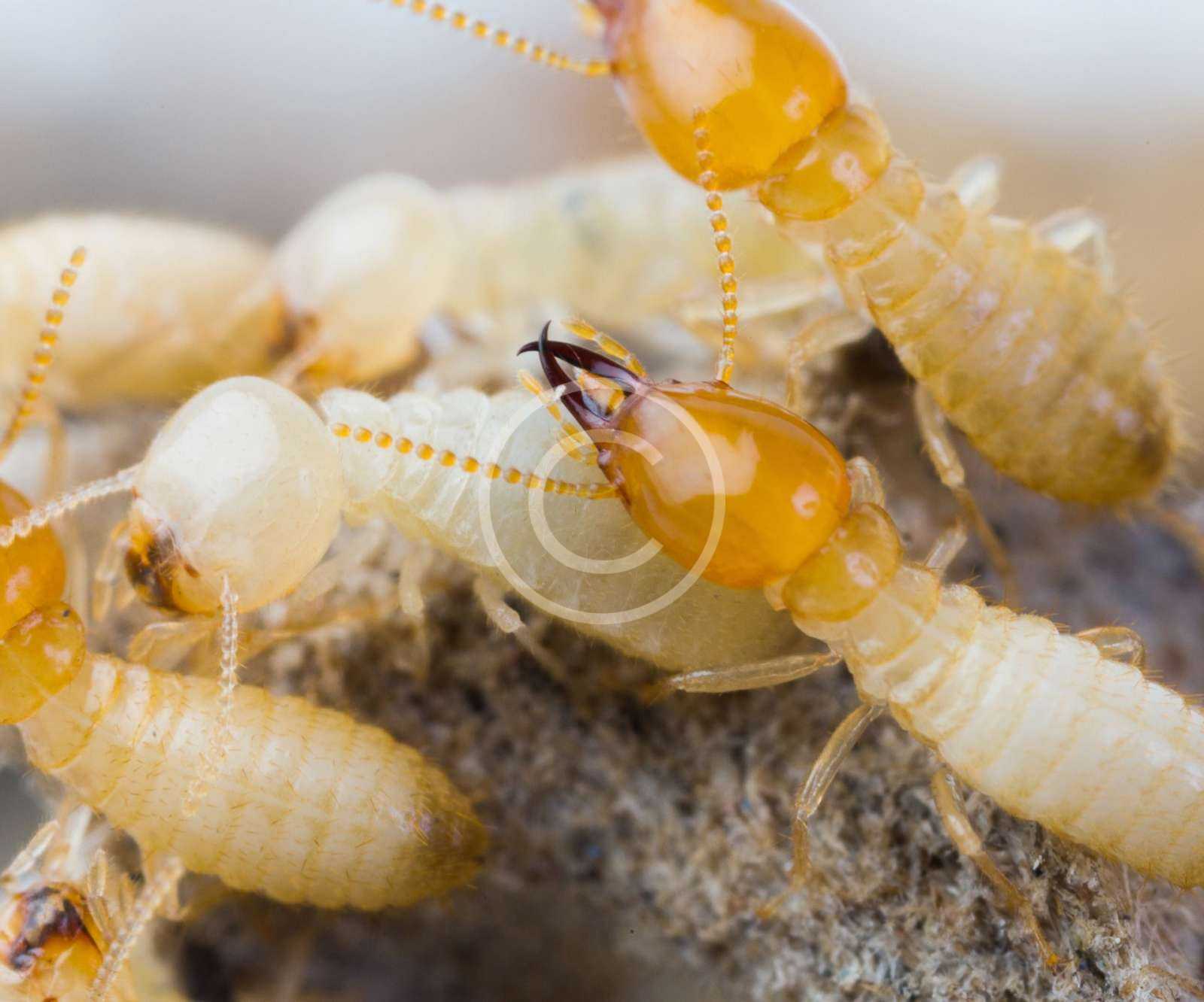
Termites are small, pale-colored insects that live in large colonies, typically in underground tunnels or in the wood of buildings. They feed on a variety of plant and animal materials, including wood, paper, fabrics, and other organic matter. Termites are social insects, living in organized colonies with a strict hierarchy. Colonies can range in size from a few hundred individuals to several million.
Termites thrive in warm, humid environments, and colonies can be found in almost any type of wood or soil. Attics are particularly susceptible to termite infestations, as the large, dark, and often damp spaces provide the perfect conditions for the insects to thrive.
| Habit | Habitation |
|---|---|
| Feed on plants and animals | Underground tunnels, wood, soil |
| Live in large colonies | Attics, damp and dark spaces |
| Social insects | Hierarchical structure |
| Thrive in warm, humid environments | Range in size from a few hundred to several million |
Damage Caused by Termites
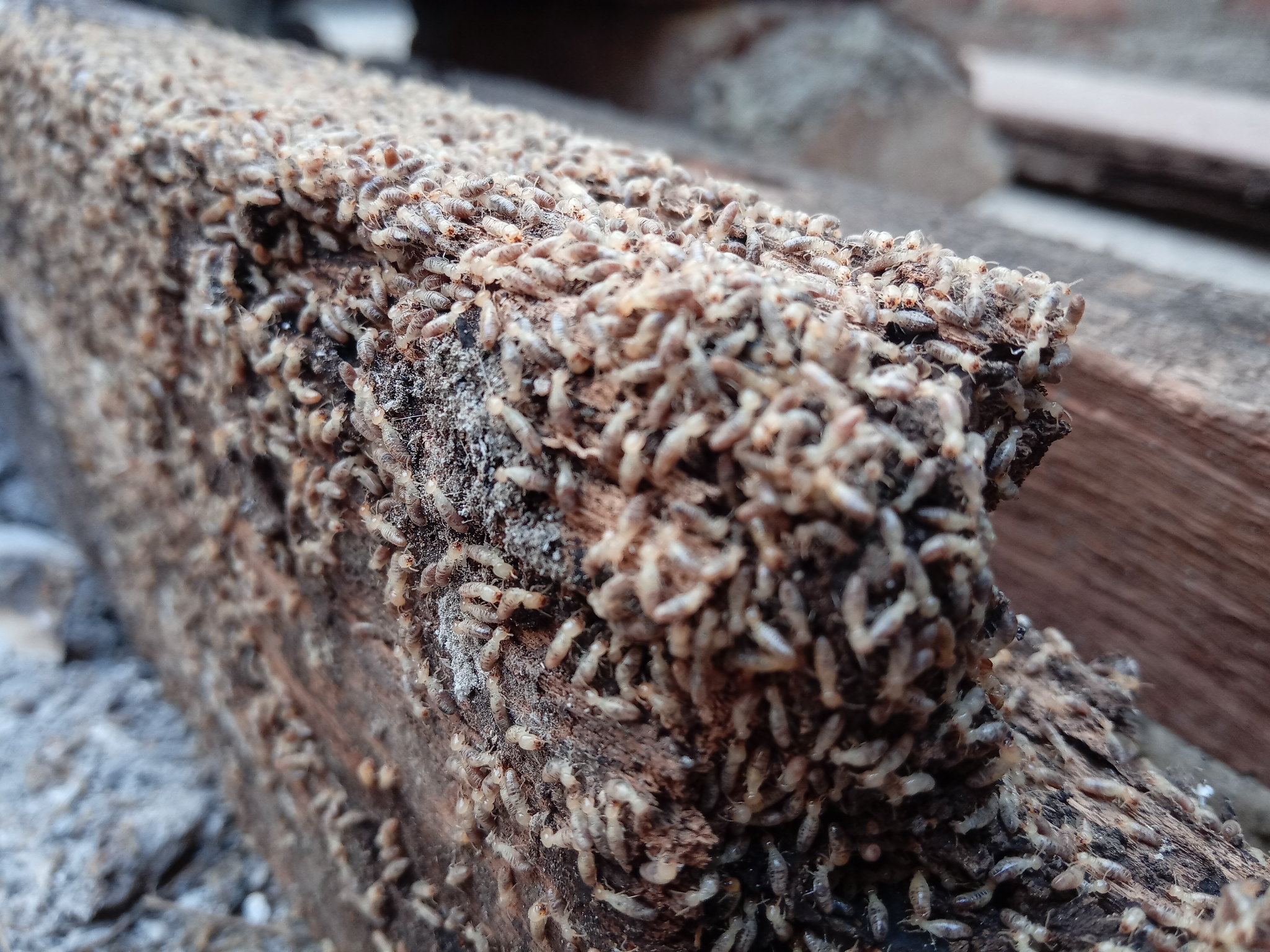
Termites can cause extensive and costly damage to homes. They feed on wood, paper, and fabric, and can quickly weaken the structure of a home. While termites are most often found in the attic, they can also be found in exterior walls, wood siding, and other areas.
| Type of Damage | Description |
|---|---|
| Structural Damage | Termites can weaken walls, floors, and other structural components of a home, making them prone to collapse. |
| Furniture Damage | Termites can feed on furniture, leaving behind holes and other damage. |
| Carpet Damage | Termites can feed on carpets and rugs, leaving behind holes, fraying, and discoloration. |
| Wood Damage | Termites can feed on wood, leaving behind holes and other damage. |
| Paper Damage | Termites can feed on paper, leaving behind holes and other damage. |
| Fabric Damage | Termites can feed on fabric, leaving behind holes and other damage. |
Moreover, termites can also cause extensive damage to the electrical wiring in a house, leading to costly repairs. If left unchecked, the damage caused by termites can become extensive and require expensive repairs.
Attic Termites
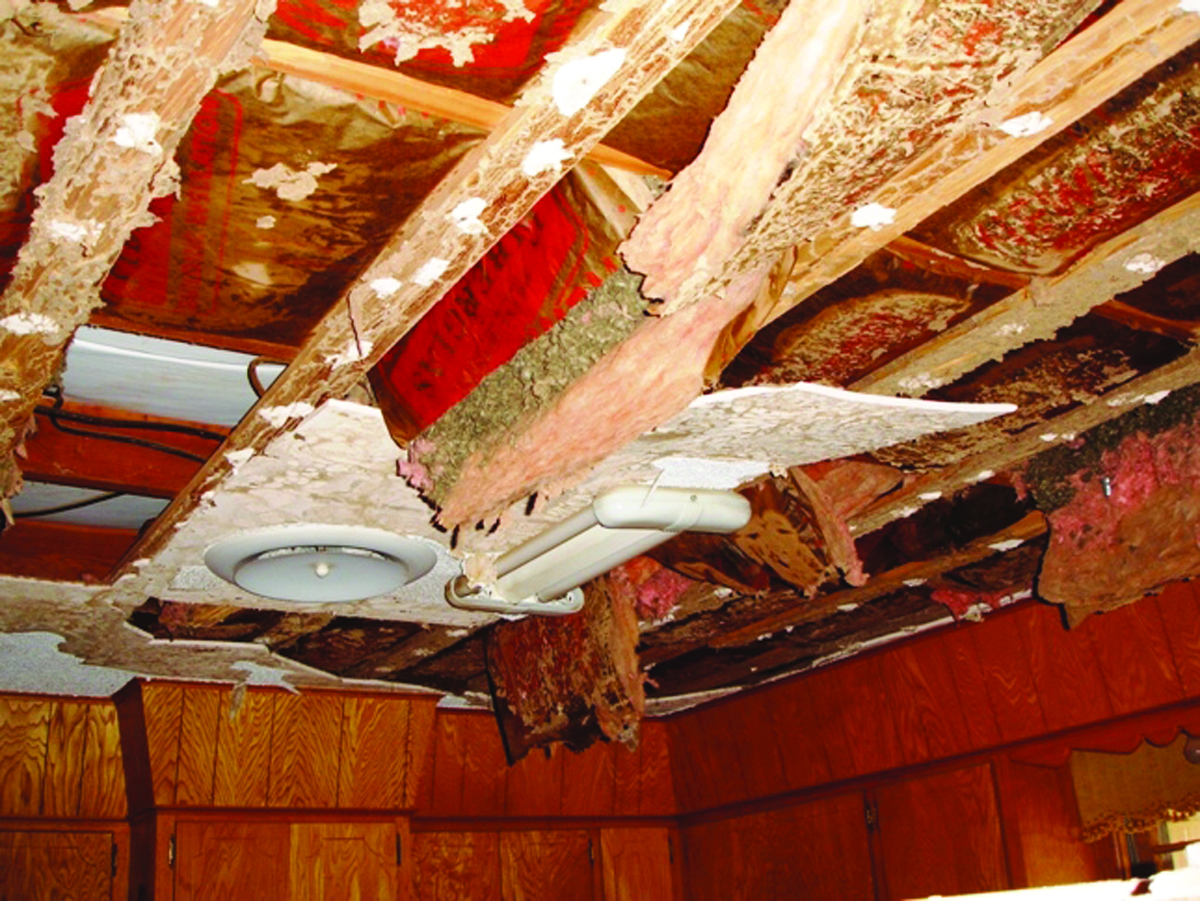
Attic termites are a type of wood-eating insect that is found in many homes throughout the world. They can cause a great deal of damage to an attic if they are left unchecked.
Termites are attracted to moist and decaying wood, which is why they are commonly found in attics with water damage. They will feed on any wooden materials that they find, including floorboards, joists, rafters and even insulation.
| Attic Termites | Damage |
|---|---|
| Floorboards | Structural weakening |
| Joists | Structural weakening |
| Rafters | Structural weakening |
| Insulation | Reduced effectiveness |
Attic termites can cause a great deal of damage to an attic over time. They can weaken the structural integrity of the attic, and can also reduce the effectiveness of insulation.
The best way to prevent an infestation of attic termites is to ensure that the attic is kept dry and free of any decaying wood. If termites are found, they should be treated with a professional pest control company.
Signs of an Attic Termite Infestation
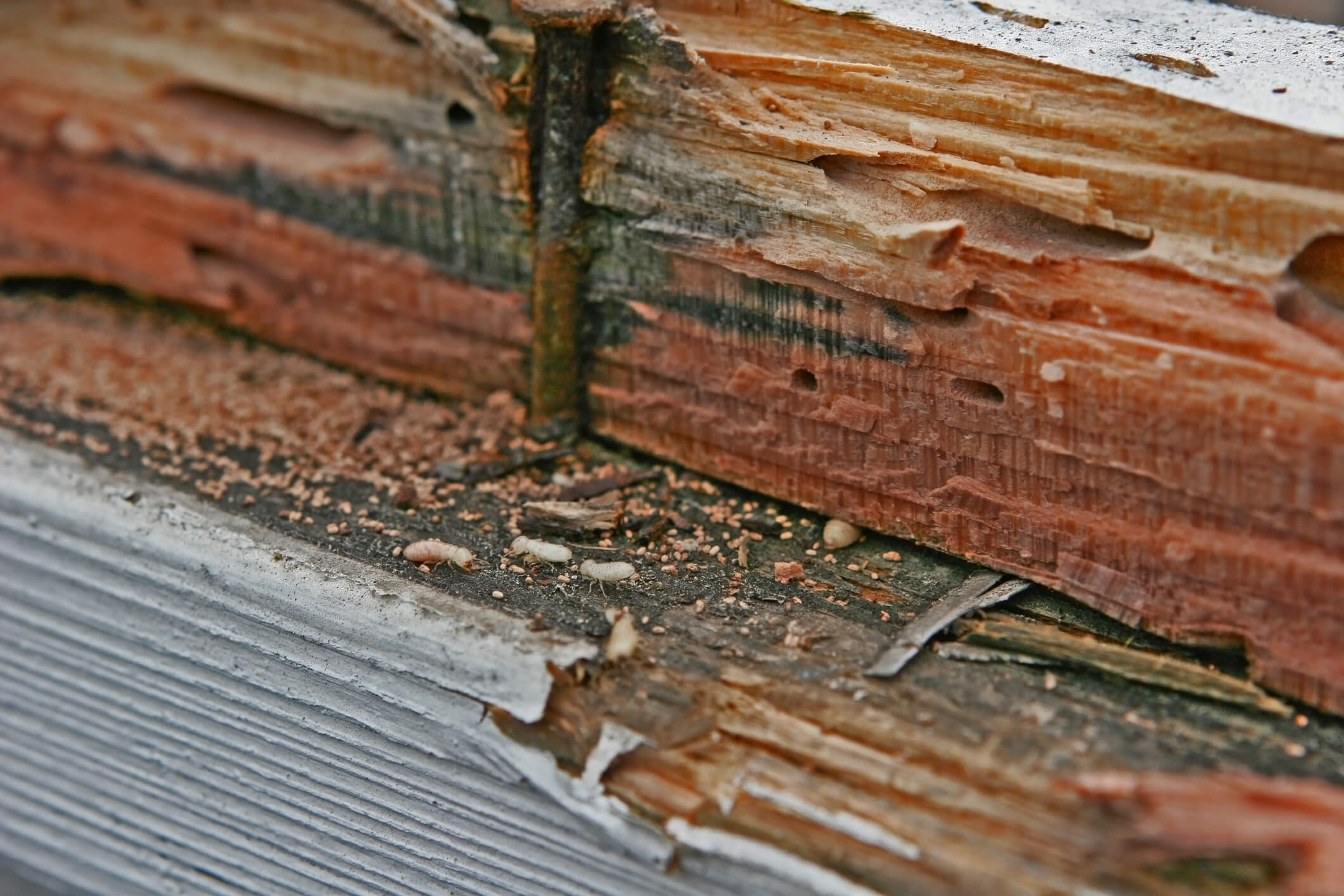
Termites feed on wood, so one of the most common signs of an attic termite infestation is wood damage. Look for warped wood, small holes in wood, and wood that sounds hollow when tapped. Additionally, termite tubes, which are made of mud and soil, may be visible on walls or other surfaces. These tubes are created by termites as they travel between their nesting site and a food source. Other signs of an infestation include discarded wings from swarmers, piles of frass (termite droppings), and a musty odor.
Treatment Options for Attic Termites
Termites that infest attics can cause significant damage to the structure and must be treated quickly. Depending on the type of infestation and level of damage, there are several methods of treatment available to rid the attic of termites.
Physical Removal: Physical removal is the most effective and safest way to get rid of termites in the attic. This method involves a professional exterminator going into the attic and manually removing the termites, as well as their nests and eggs.
Chemical Treatment: Chemical treatments are another option to treat attic termites. This method involves spraying the affected area with a chemical insecticide to kill any termites present. The insecticide must be applied by a professional who knows how to use it safely and effectively.
Heat Treatment: Heat treatment is another option for treating attic termites. This involves using a specialized heat gun to raise the temperature of the infested area to a level that is lethal for termites. Heat treatment must be done by a professional who knows how to use the equipment safely.
Baiting: Baiting is another method of treatment for attic termites. This requires a professional to spread bait in the affected area to attract the termites and then use a specialized trap to capture them. Once the termites are captured, they can be removed or the area can be treated with a chemical insecticide.
No matter which method of treatment is used, it is important to get rid of the termites as soon as possible to prevent further damage to the structure. A professional exterminator can help identify the type of infestation and recommend the most effective treatment option for the situation.
Prevention of Attic Termites
Termites can cause extensive damage to your home, especially in the attic. To keep these pests away, you can take several steps to prevent them from entering your attic.
Clean up decaying wood from around your home, as termites feed on wood and other organic materials. Make sure your attic is properly ventilated to reduce the chance of moisture build-up and a potential source of food for termites. Keep an eye on your attic for signs of termite damage such as mud tunnels, wood damage, and discarded wings.
Regularly inspect your attic for any signs of termites, especially if you suspect an infestation. If you see any signs of infestation, contact a pest control specialist to get rid of the termites.
Make sure your attic is well sealed, with no gaps in the walls, around windows, or at the foundation. Repair any damaged roof shingles and seal any potential entry points.
Install a dehumidifier in your attic, as high humidity levels make it easier for termites to survive and multiply.
Finally, using chemical barriers can help protect your attic from termite infestations. Apply termiticides around the foundation of your home and in your attic, as well as around any potential entry points.
Frequently Asked Questions
What are the Signs of Attic Termites?
Signs of attic termites can include mud tubes running up walls, discarded wings from swarmers, and hollowed-out wood. These signs indicate that the termites have already established a presence and could be actively feeding on the structure. Other signs include piles of sawdust-like material, small holes in wood, and cracking or bubbling paint. Termites also leave behind a characteristic musty odor.
What are the best methods for fumigating attic termites?
The most effective and safest way to get rid of attic termites is through fumigation. Fumigation is the process of releasing a gas or vapor into an enclosed space where termites live and breed, killing them and their eggs. Fumigation is the most reliable and effective way to eradicate a termite infestation in an attic. However, it is important to be sure that the fumigation is done correctly and safely. A professional pest control company should be consulted and the instructions for the product being used should be followed carefully.
How can I protect my home from infestations of termites?
In order to prevent termites from entering and infesting a home, the first step is to reduce moisture levels in the area. Make sure that all exposed wood is sealed and treated with insecticide. Make sure to repair any plumbing leaks and remove any standing water near the foundation. Avoid storing firewood and other materials close to the home and trim any overhanging trees or branches. Inspect the foundation and outside of the home regularly for signs of infestation. Finally, consider having the home treated with a termiticide by a pest management professional.
How can I tell if I have termites in my attic?
Signs of termites in an attic can include mud tubes on the walls or baseboards, thin sheets of wood or paper-like material, dark spots or shadows on wooden surfaces, and droppings or wings shed by swarmers. Look for any areas of weakened or damaged wood, as well as small tunnels in the wood, which are indicative of termite activity. In addition, listen for a faint clicking sound coming from the walls, which may be a sign of termites. If you suspect termites, it is important to contact a pest control professional for an inspection and treatment.
How can I prevent attic termites from coming back?
To prevent attic termites from returning, homeowners should take steps to reduce wood-to-ground contact and moisture levels, remove any potential food sources, and seal any entry points. Reduce wood-to-ground contact by installing a physical barrier between wood and the ground, such as a concrete slab or gravel. Reduce moisture levels by using ventilation, dehumidifiers, and proper drainage. Remove any potential food sources by disposing of any wood debris, such as old logs or stumps, and trimming back trees and shrubs away from the home’s foundation. Finally, seal any entry points with caulk or sealant. Homeowners can also have their attics inspected regularly to detect any signs of termite activity.
Conclusion
Attic termites are a serious threat to your home as they can cause significant structural damage. To protect your home from infestations of termites, it is important to inspect for signs of termites regularly and take steps to reduce the likelihood of an infestation. This can include sealing gaps and cracks in your home, removing sources of moisture, and removing woodpiles or other wood sources near your home. If you suspect you have an infestation, it is important to contact a professional pest control service to inspect and treat the problem.

